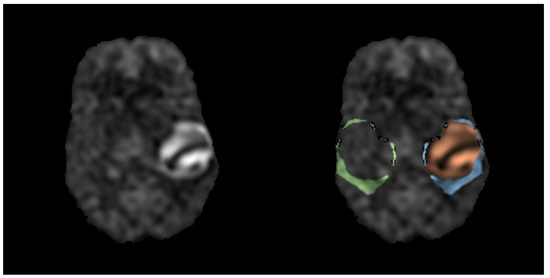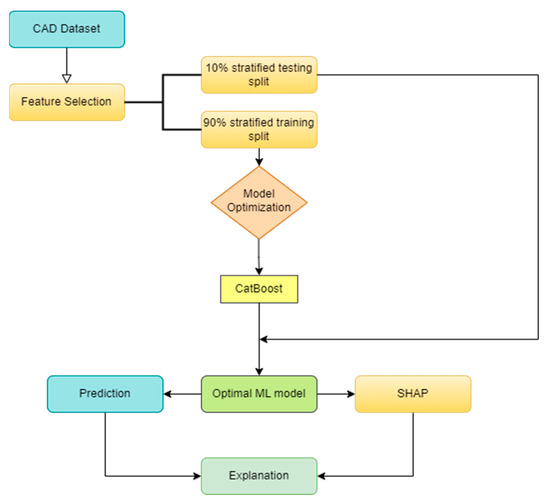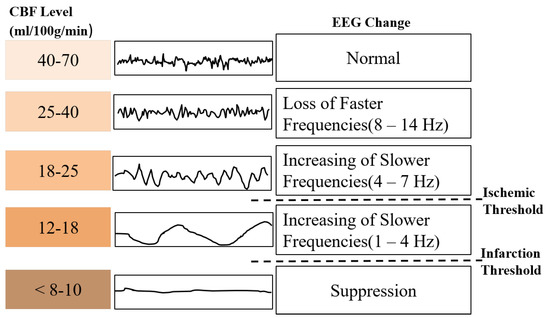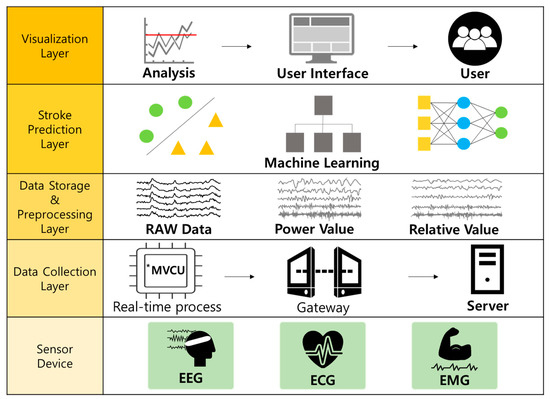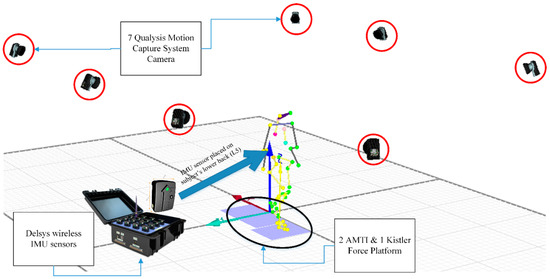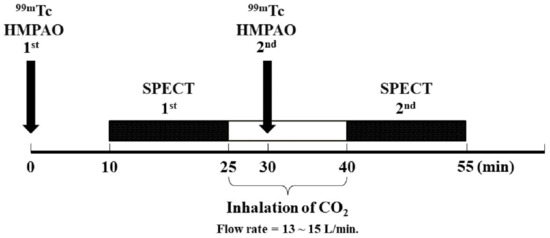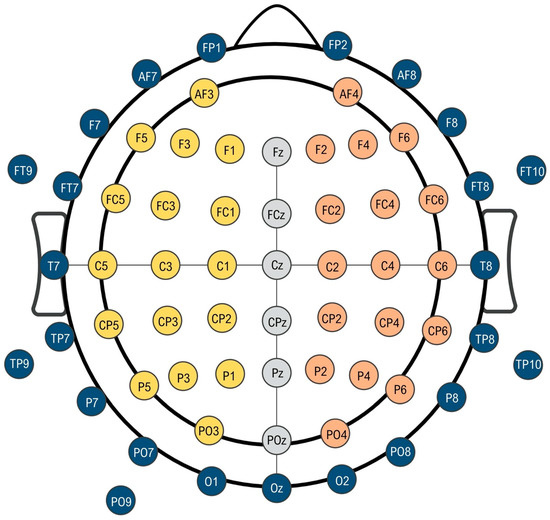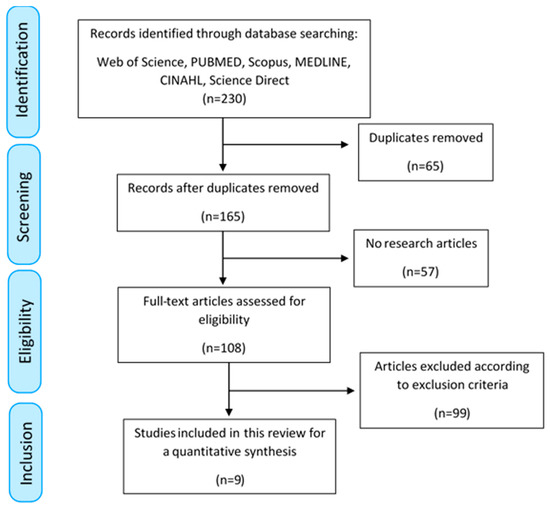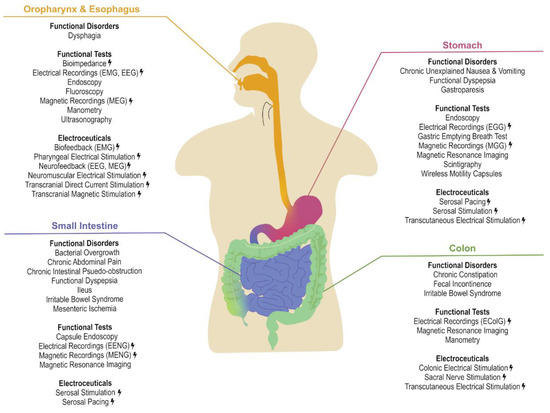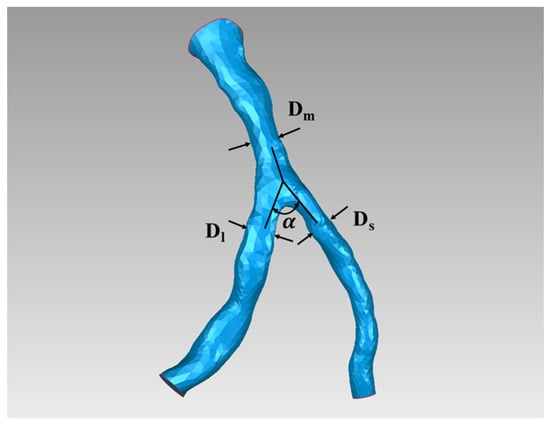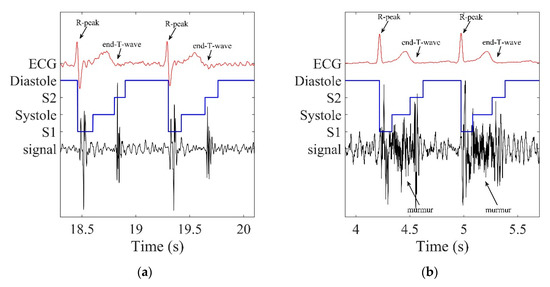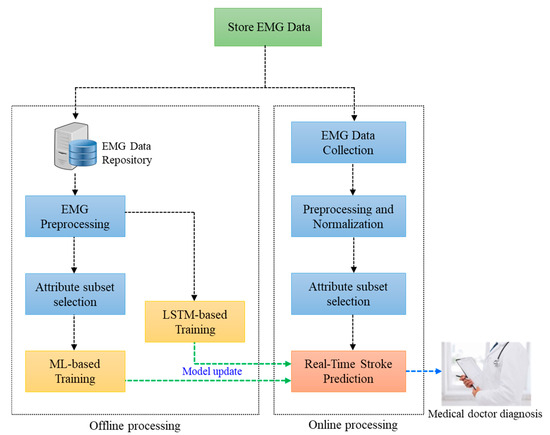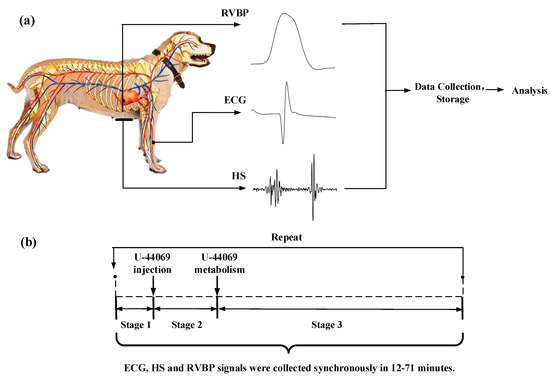Advances of Biomedical Signal Processing for Disease Diagnosis, Prognosis or Severity Determination
A topical collection in Applied Sciences (ISSN 2076-3417). This collection belongs to the section "Biomedical Engineering".
Viewed by 89921
Editors
Interests: artificial intelligence and knowledge discovery in medicine; neuroengineering; cognitive science
Interests: machine learning and data mining; computational models of human behavior; human–machine interfaces
Special Issues, Collections and Topics in MDPI journals
Topical Collection Information
Dear Colleagues,
Despite the overwhelming advance of technology during the last two decades in all fields, and more concretely in medicine, clinicians still frequently diagnose and prognose by observation, either directly on the patient or indirectly through images or analytical parameters, with a significant subjectivity bias. A huge number of accessible sensors are available nowadays that provide fine-grained dynamical information on inner body and organ processes, different from the regular information used in clinical practice. The analysis of this information can provide objective, more robust, and accurate diagnostic and prognostic criteria, as well as better characterize the disease stage. However, most biomedical signals contain noise of different types, due to the low amplitude, as well as aggregated information from different concurrent sources. In this sense, advanced methods and techniques are needed to extract clinically meaningful information from the signals in order to fully exploit their diagnostic and prognostic potential.
Besides, clinicians have traditionally worked inside the boundaries of their own field. However, given that technology is becoming more and more present in clinical practice, the collaboration between clinicians, physicists and engineers seems mandatory. Moreover, this interdisciplinary collaboration might lead to more accurate and efficient medicine.
The aim of this Special Issue is to evidence the benefit of the interdisciplinary joint effort of Physics, Engineering and Medicine by bringing together works on advanced biomedical signal processing techniques that provide added value to the diagnosis, prognosis or stage determination of any disease or condition, either structural or functional.
Dr. José Ignacio Serrano
Dr. María Dolores del Castillo
Guest Editors
Manuscript Submission Information
Manuscripts should be submitted online at www.mdpi.com by registering and logging in to this website. Once you are registered, click here to go to the submission form. Manuscripts can be submitted until the deadline. All submissions that pass pre-check are peer-reviewed. Accepted papers will be published continuously in the journal (as soon as accepted) and will be listed together on the collection website. Research articles, review articles as well as short communications are invited. For planned papers, a title and short abstract (about 250 words) can be sent to the Editorial Office for assessment.
Submitted manuscripts should not have been published previously, nor be under consideration for publication elsewhere (except conference proceedings papers). All manuscripts are thoroughly refereed through a single-blind peer-review process. A guide for authors and other relevant information for submission of manuscripts is available on the Instructions for Authors page. Applied Sciences is an international peer-reviewed open access semimonthly journal published by MDPI.
Please visit the Instructions for Authors page before submitting a manuscript. The Article Processing Charge (APC) for publication in this open access journal is 2400 CHF (Swiss Francs). Submitted papers should be well formatted and use good English. Authors may use MDPI's English editing service prior to publication or during author revisions.
Keywords
- medical image
- computer-vision-based diagnosis and prognosis
- LPF-, ECoG-, EEG-, MEG-, NIRS-, ECG-, EMG- or IMU-processing
- speech and sound
- oculomotor signal
- novel artificial intelligence
- machine learning
- non-linear biomedical signal processing
- graph-based signal characterization
- biomedical signal integration








